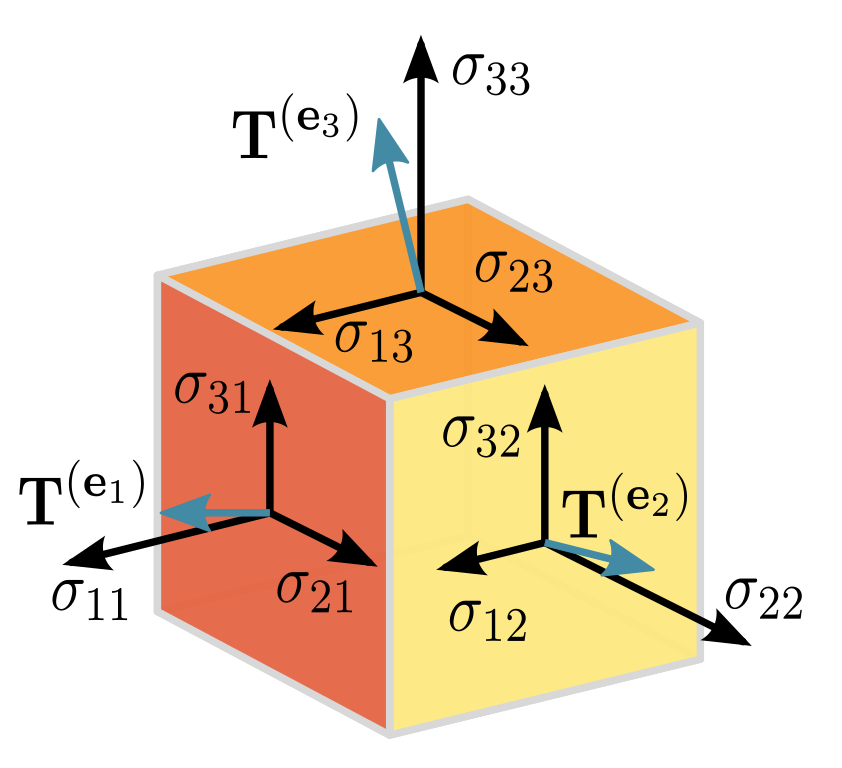The question is quite fundamental and more on a beginner's level (not sure if good in this high-level-forum, but I try): I have big problems in understanding the stress tensor for Newtonian fluids in terms of velocities u.
The result (assuming $\mu'=0$) is (according to my text book)
$\tau_{ij} = \mu (\partial _j u_i + \partial _i u_j -\frac{2}{3}\delta_{ij} \partial _k u_k)$
I know the derivation of that, but it is not very intuitive from a physical perspective. I would like to understand in particular, why we have the term $\partial _j u_i$
From the following image and the definition of viscous stresses I would naively expect the stress in 1-direction on surface-2 just to be
$\sigma_{12} = \mu \partial _2 u_1$
Why is there also the contribution $\partial _1 u_2$ ?
And where does the symmetrical additional 2/3-term come from?
I understand readily the derivation of my textbook, but this is rather mathematically and I cannot see physics behind (yet).
EDIT:
I have seen that asymmetry is a consequence of having zero momentum along all axes. I didn't recognize that, but now its clear.

